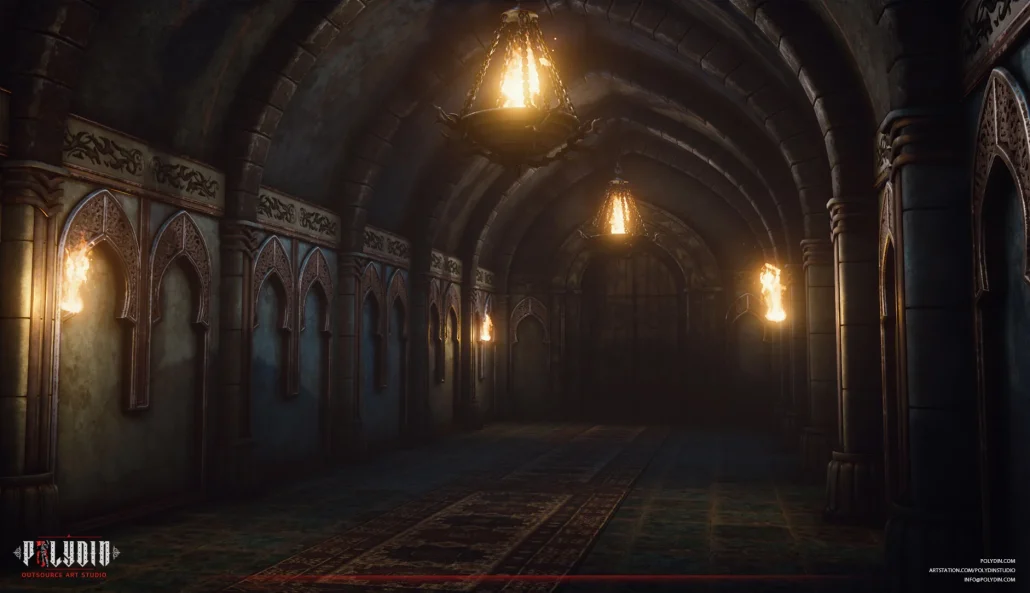Video game level design is a crucial aspect of game development, and it can make or break the player’s overall gaming experience. Level design refers to the process of creating and designing the different levels or stages of a video game, including the environment, obstacles, enemies, and other interactive elements. Level design involves various stages, from initial planning and concept development to testing and refining. We will explore everything you need to know about video game level design, including its evolution, types, significance, and more.
What Is Level Design?
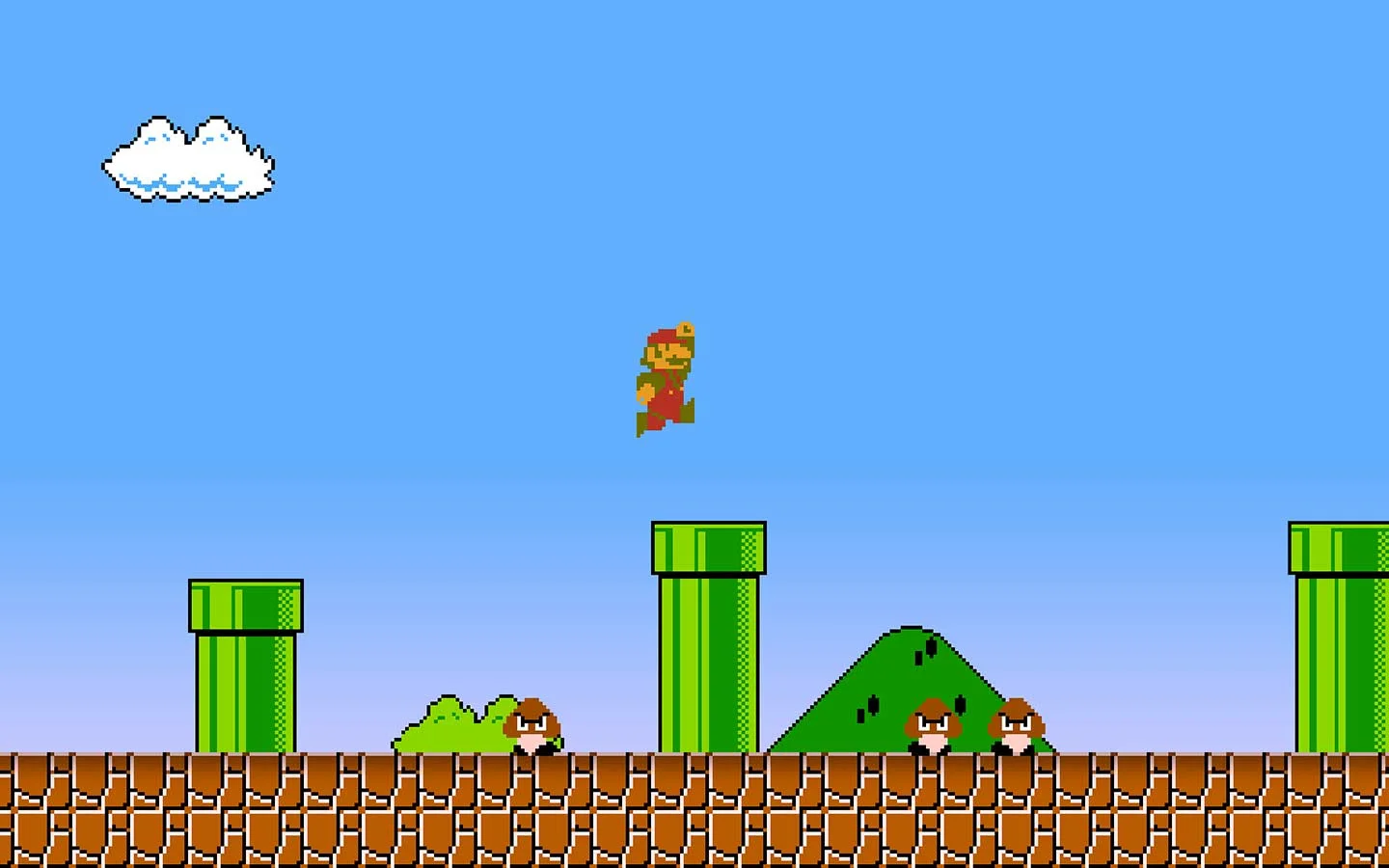

Level design refers to creating the various levels or stages in a video game, which players must navigate and complete to progress through the game. It involves designing and implementing the gameplay mechanics, environments, objects, enemies, and obstacles the player will encounter at each level. Video game level design is a crucial aspect of game development, as it directly impacts the player’s experience and engagement with the game. Effective level design requires careful consideration of the game’s narrative, art style, overall gameplay mechanics, and a deep understanding of player psychology and behaviour.
What is Game Level Design in Video Games?
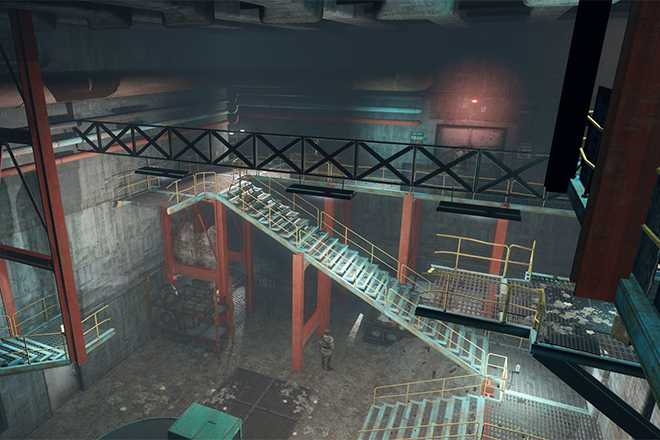

Game level design in video games refers to the process of creating the layout, structure, and content of the levels or stages in a video game. This includes designing the environment, obstacles, enemies and puzzles the player must navigate and overcome to progress through the game. Level design is an essential aspect of game development, as it directly affects the player’s experience and engagement with the game. A well-designed level can provide a sense of challenge, immersion, and excitement, while a poorly designed level can result in frustration, confusion, and disinterest.
The Evolution of Video Games Level Design
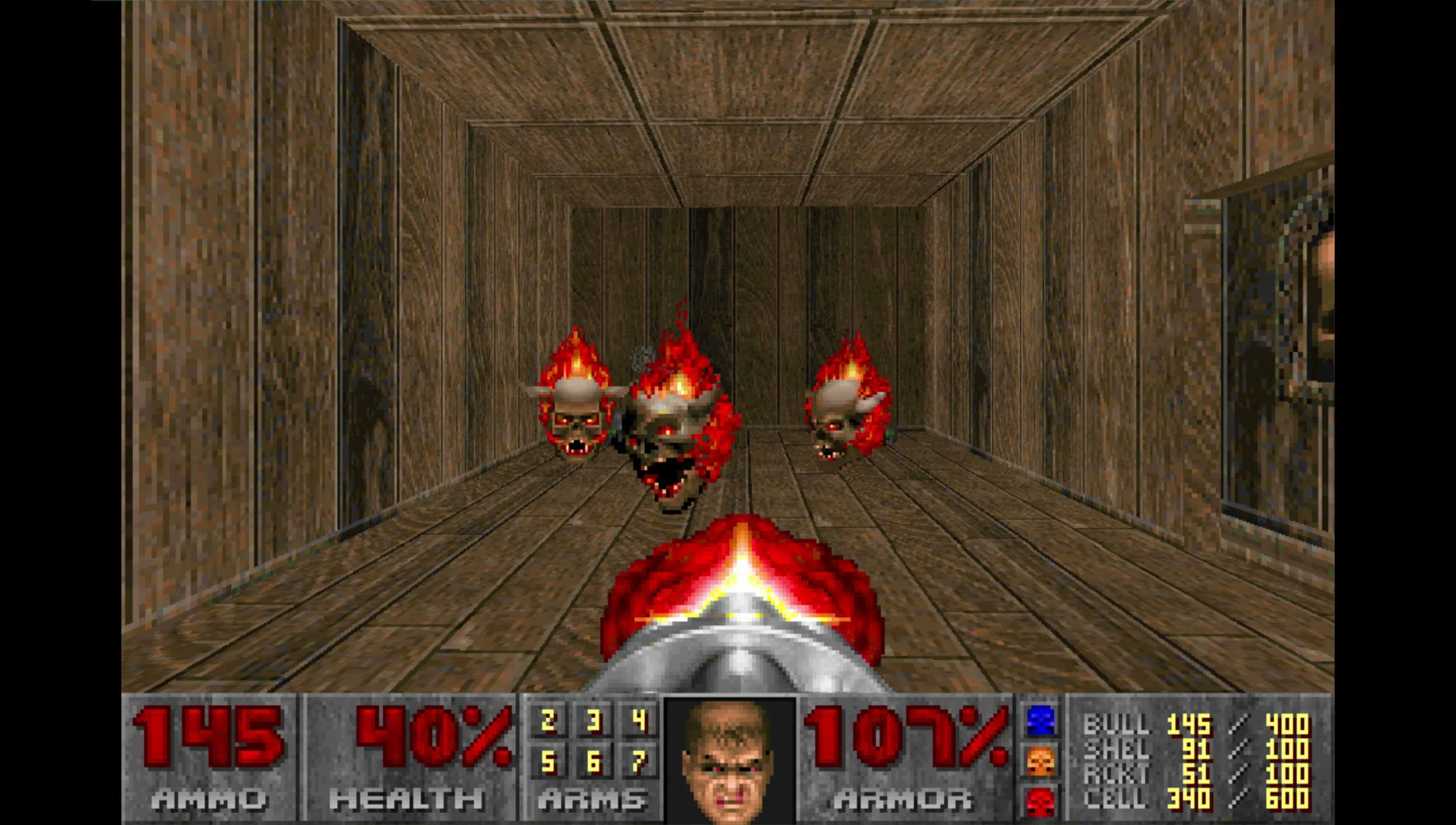

The evolution of video game level design can be traced back to the early days of arcade games in the 1970s. In those days, level design was quite simple, as most arcade games consisted of only a few repeating screens with increasing difficulty.
As technology advanced, video games became more complex, and level design became more important. In the 1980s, platformers like Super Mario Bros. and puzzle games like Tetris introduced new level design concepts that have since become standard in the industry.
In the 1990s, the introduction of 3D graphics allowed for more complex and immersive game worlds, and level design became even more critical. Games like Doom, Quake, and Half-Life pushed the boundaries of what was possible in terms of level design, introducing new concepts like non-linear gameplay and scripted events.
In the 2000s and beyond, video game level design has continued to evolve, with games like Minecraft, Dark Souls, and The Last of Us demonstrating the importance of immersive, engaging worlds that can tell a story in their own right. Today, level design is a crucial part of video game development, with dedicated teams of designers working to create engaging, challenging, and memorable game levels that players will enjoy exploring.
What are the Stages of Video Game Level Design?


The process of video game level design can vary depending on the game development team and the specific game being created. However, there are some general stages that most game designers follow:
- Conceptualization: This is the stage where the basic idea of the game level is formed. The designer needs to figure out the theme, story, and mechanics of the game level.
- Paper design: After the concept of the game level is formed, the designer needs to sketch the game level on paper. They need to think about the game mechanics, game objectives, player goals, and other important aspects of the level.
- Prototype: After the paper design, the designer creates a rough prototype of the game level. This includes creating a basic level design, implementing the game mechanics, and testing the level with the help of the team.
- Playtesting: Playtesting is a crucial stage in game level design. It involves testing the level with real players to identify any problems or issues with the game level.
- Refinement: Based on the feedback from playtesting, the designer can refine the game level to make it more enjoyable and challenging for the players.
- Finalization: This is the last stage of the game level design process. The designer makes final adjustments to the game level, adds final touches, and ensures it is ready for release.
These stages can be iterative, meaning that designers may need to revisit previous stages several times throughout the process.
Is Level Design in Video Games the Same as Environment Art?
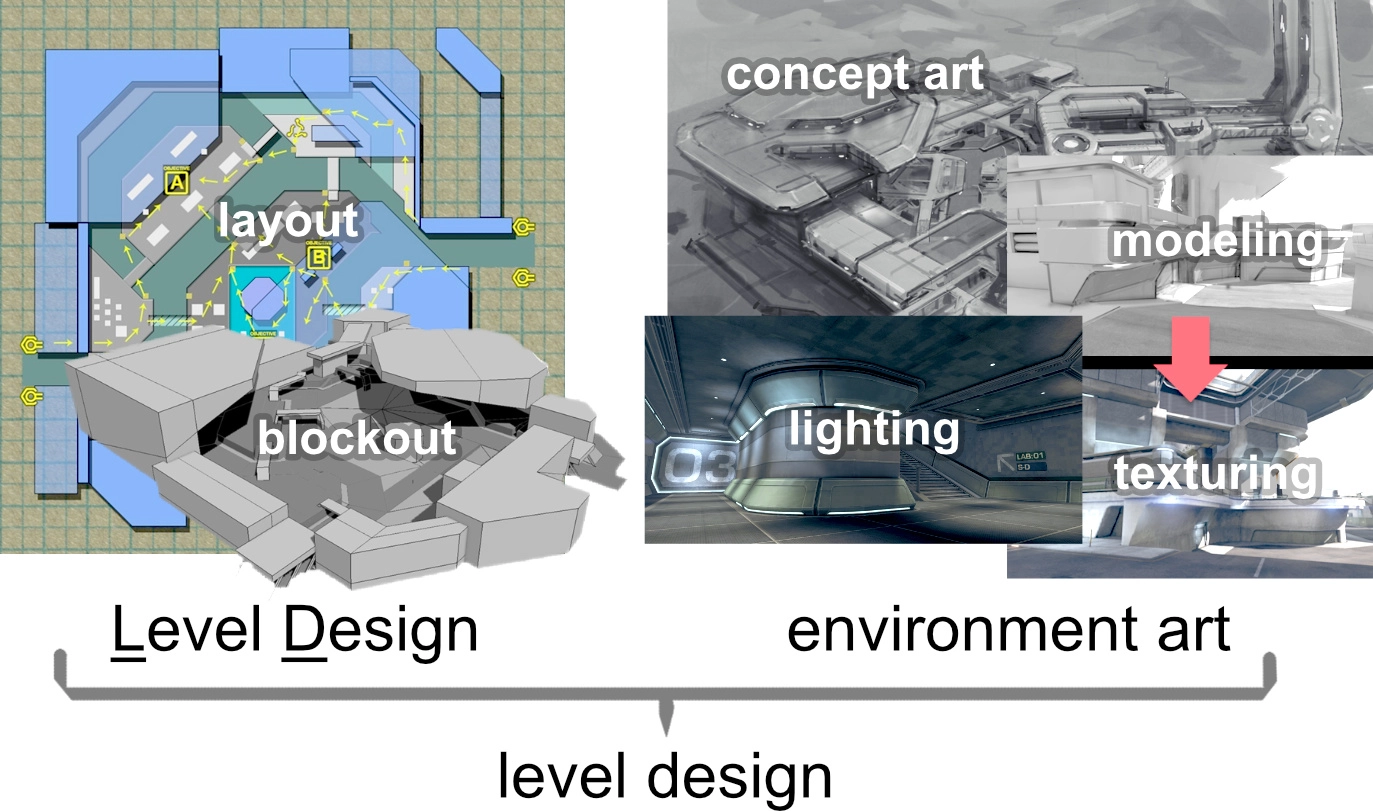

Level design and environment art are not the same things, although they are closely related. Environment art is the process of creating the visual assets that make up the environment in which the game takes place. This includes everything from the textures on the walls and floors to the models of the trees and rocks in the background.
On the other hand, video game level design is more focused on the gameplay experience within the environment. It involves designing the layout of the environment, placing obstacles and enemies, and creating challenges for the player to overcome. While environment art can influence the player’s experience, the level design ultimately shapes the gameplay and creates the challenges that the player must overcome.
Different Types of Video Game Level Designs
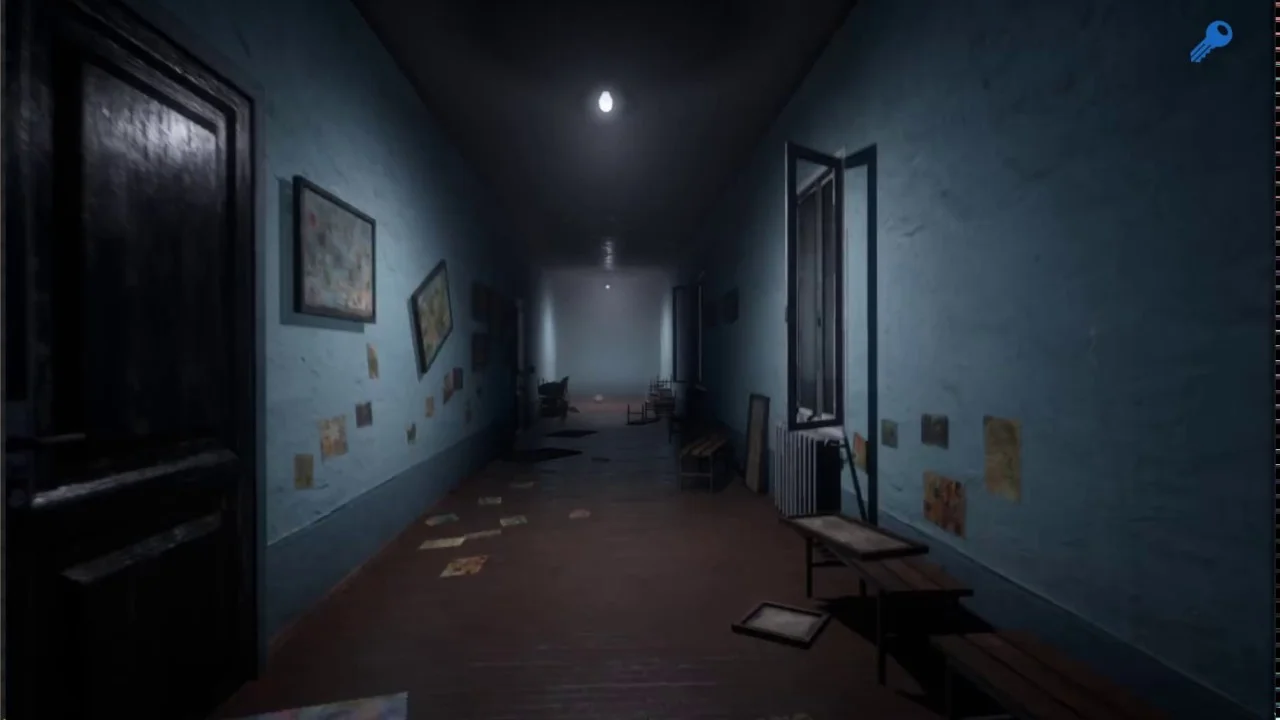

There are different types of video game level designs, and each type requires a unique approach. Some of the common types of video game level designs are:
Shooter Level Design
Shooter games typically involve fast-paced action with a heavy emphasis on combat. In this type of level design, players navigate through environments that are designed to provide cover and strategic opportunities for taking out enemies. These levels often feature multiple paths and ways to approach each encounter.
Platformer Level Design
Platformer games are all about jumping and running. In this type of level design, players navigate through environments that require precise platforming skills. Levels often feature obstacles such as gaps, spikes, and enemies that the player must avoid or defeat. Platformer level design also often involves a vertical dimension, where players must navigate up and down as well as left and right.
Puzzle Level Design
Puzzle games challenge players to solve problems or complete tasks using their wits and intelligence. In this type of level design, players navigate through environments that require critical thinking and creative problem-solving. Puzzle levels often feature obstacles and challenges that must be overcome in a specific order or using certain tools or abilities.
Multiplayer Level Design
Multiplayer games are all about competing against other players. In this type of level design, players navigate through environments that are designed for competitive gameplay. These levels often feature symmetrical layouts, with each team or player having equal access to resources and strategic opportunities.
Horror Level Design
Horror games are all about creating a tense and frightening atmosphere. In this type of level design, players navigate through environments that are designed to be unsettling and scary. These levels often feature dark and creepy settings, jump scares, and puzzles that require the player to be on edge.
Importance of Video Game Level Design
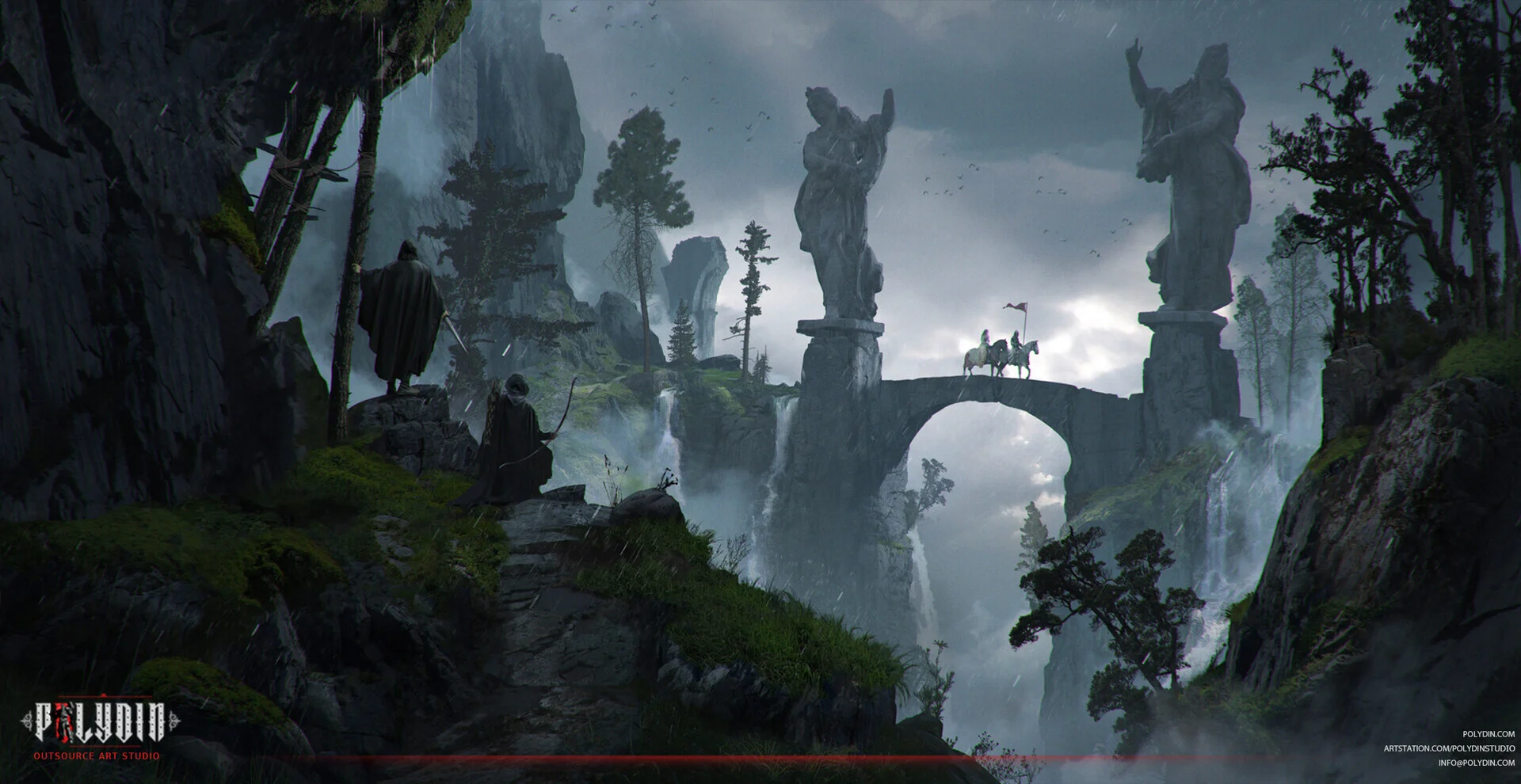

Video game level design is a crucial element that can make or break the gaming experience for players. The level design of a game can greatly impact the player’s engagement, enjoyment, and sense of achievement. A well-designed level can provide players with a sense of progress, challenge, and discovery. In contrast, a poorly designed level can lead to boredom, frustration, and, ultimately, a loss of interest in the game.
Level design can influence several factors, including gameplay mechanics, difficulty curves, pacing, player exploration, and storytelling. It can help guide the player through the game’s narrative, provide a sense of continuity, and create memorable moments that stick with players long after they have finished the game.
Furthermore, level design can also affect a game’s replayability. Players often revisit their favourite games to experience the game’s levels again or to explore new areas they might have missed on their first playthrough. A well-designed level can provide players with new challenges and experiences each time they play, encouraging players to revisit the game.
In summary, level design is a crucial aspect of video game development. It can enhance the player’s experience, provide a sense of challenge and achievement, and keep them engaged and invested in the game. A well-designed level can make a game memorable, while a poorly designed level can hurt the game’s overall experience.

